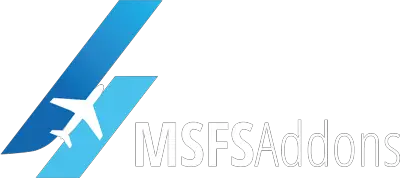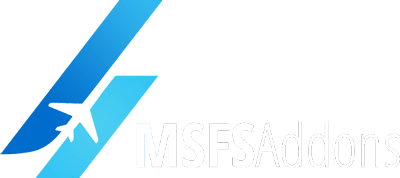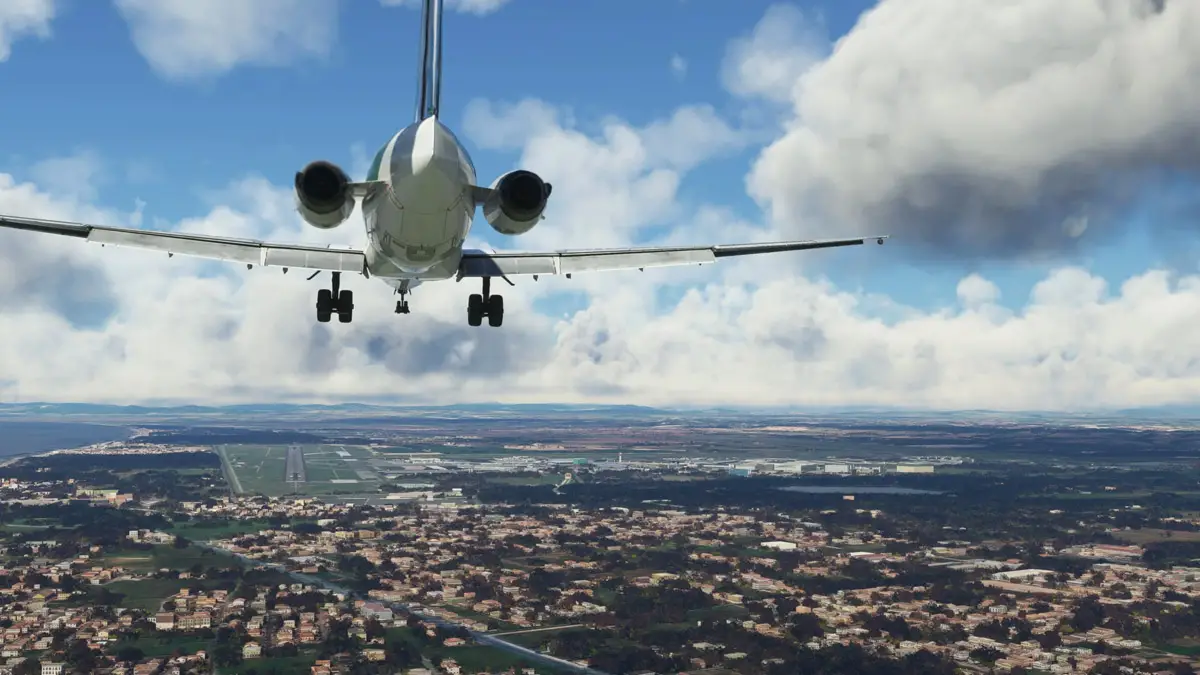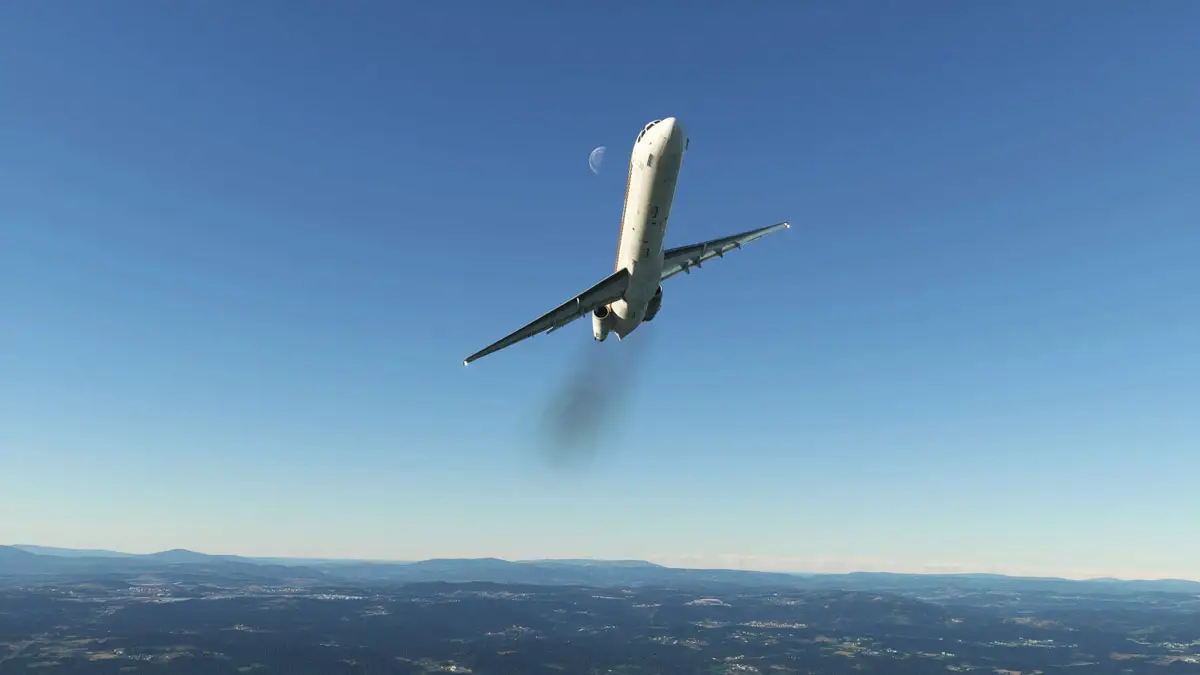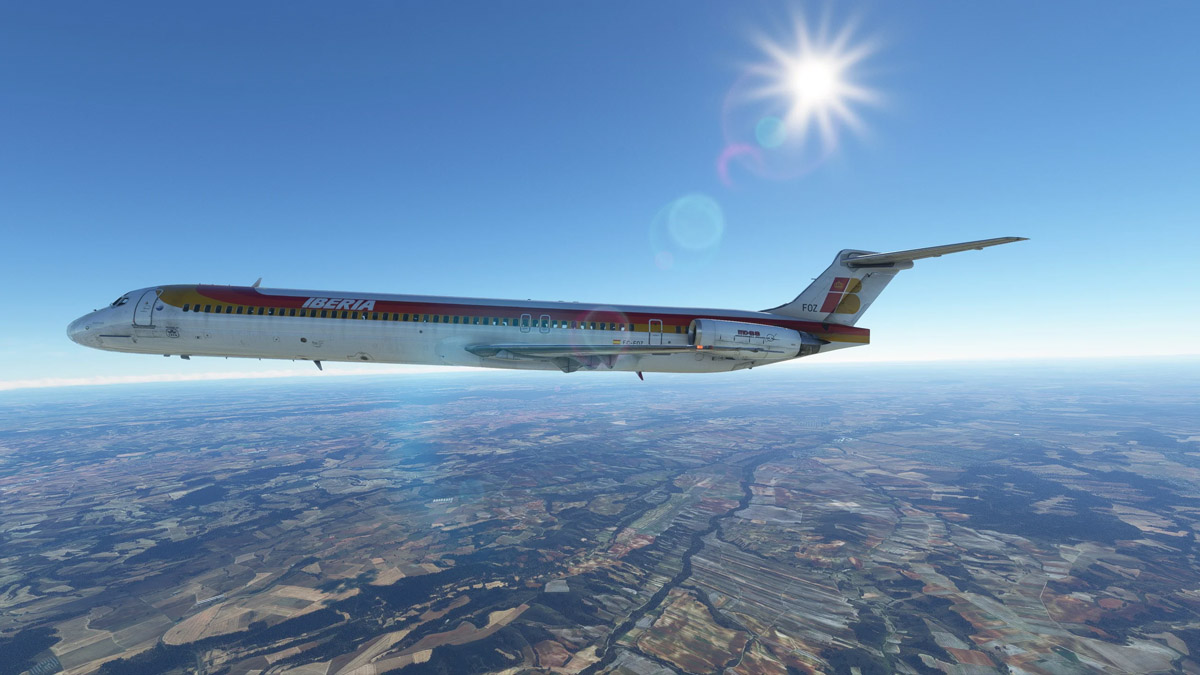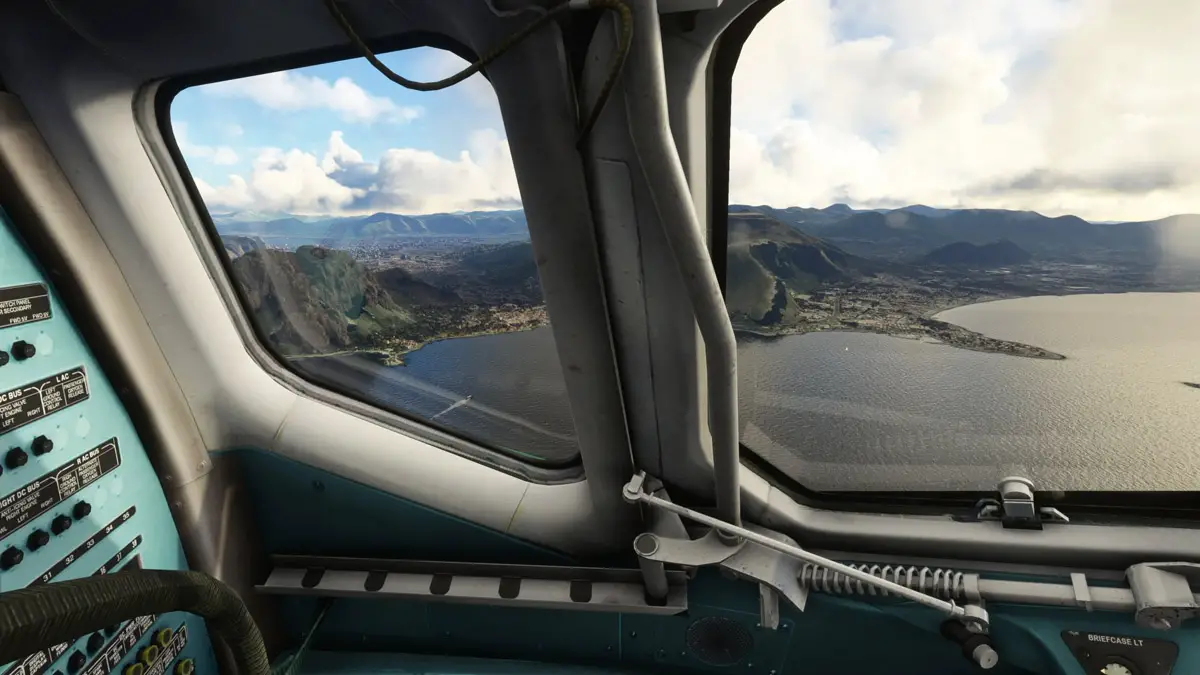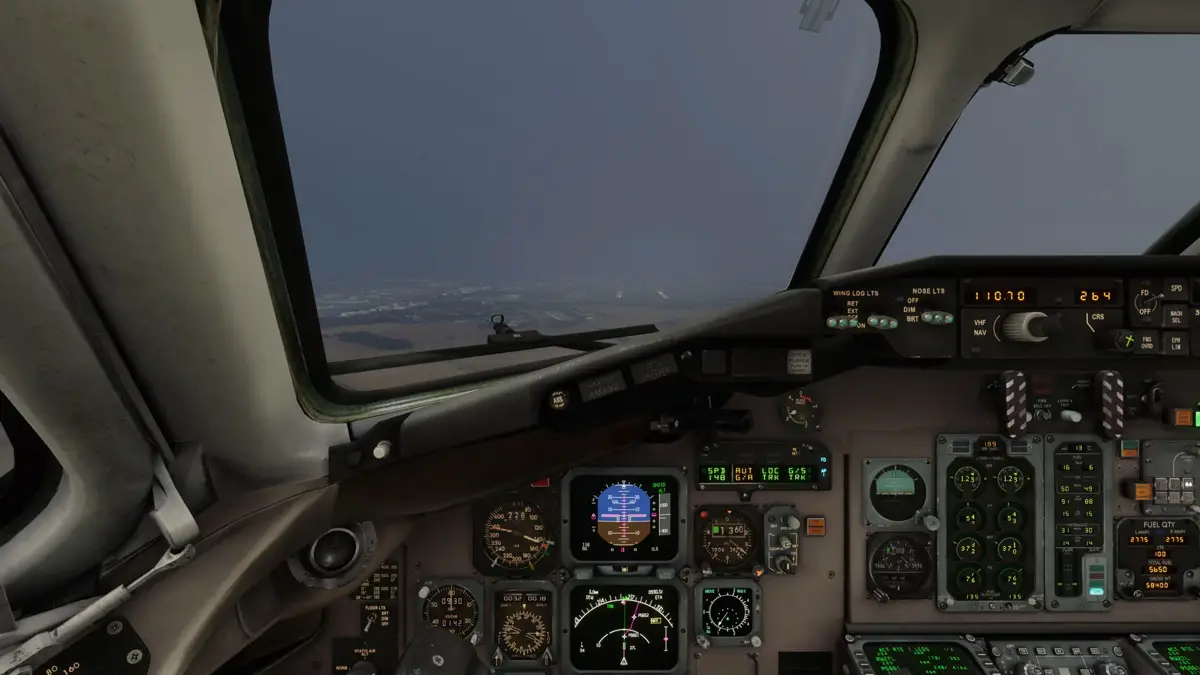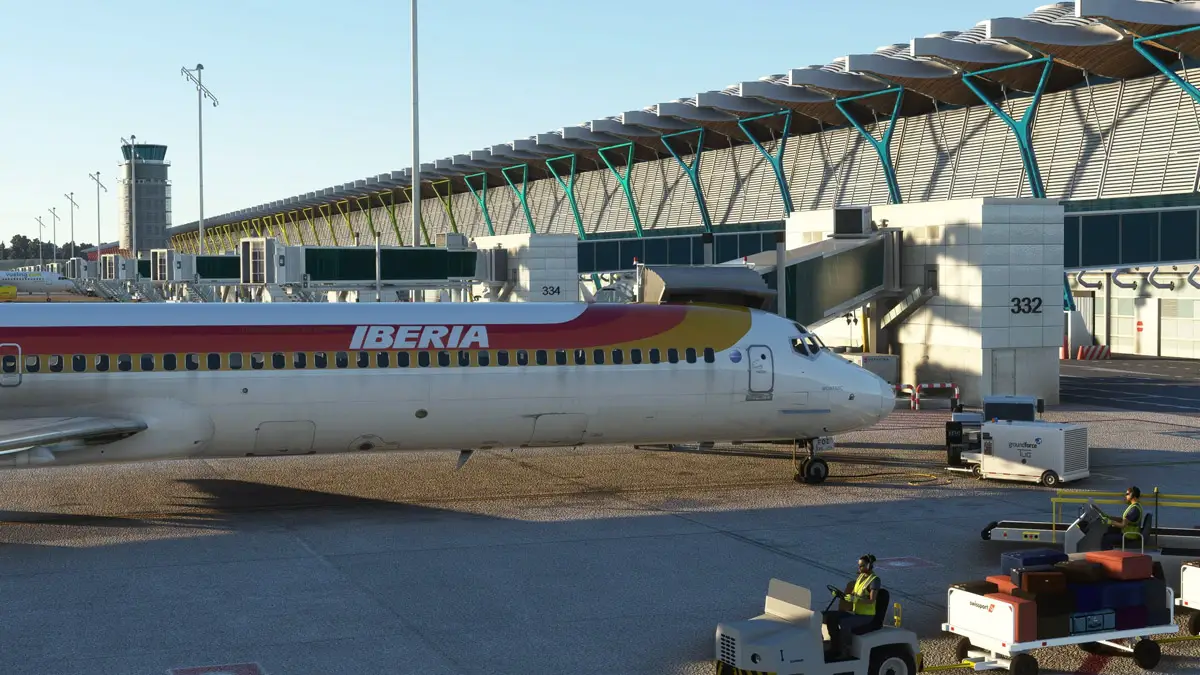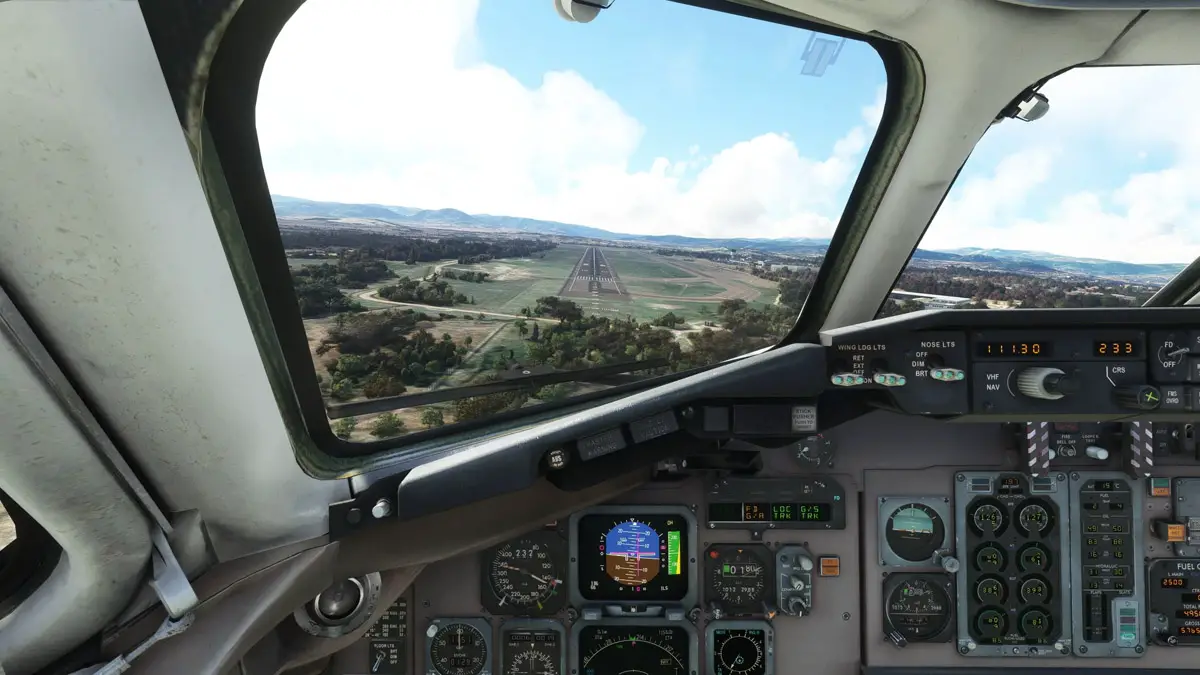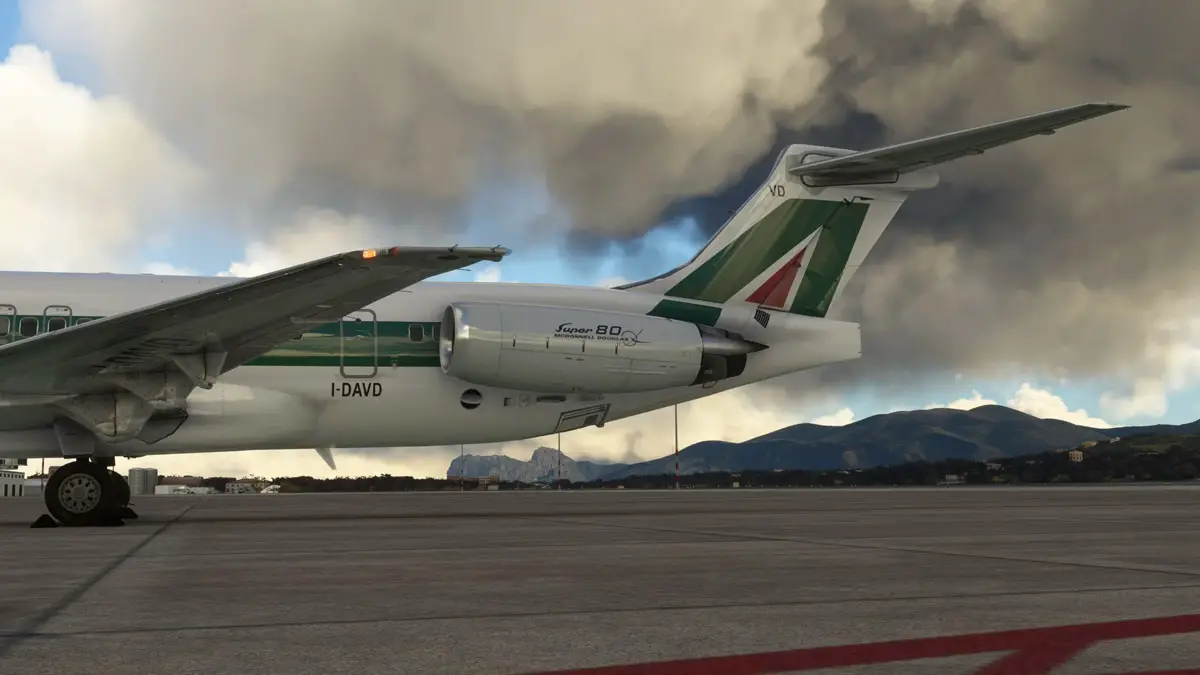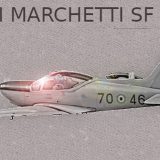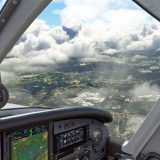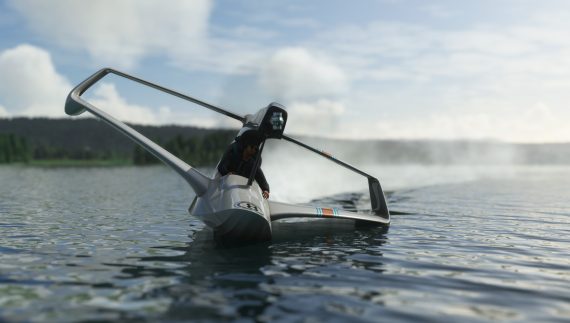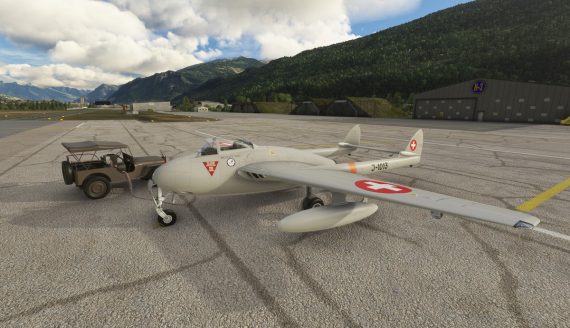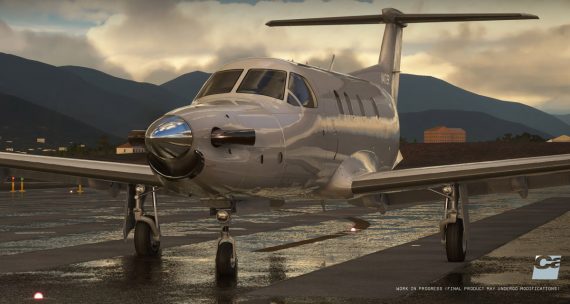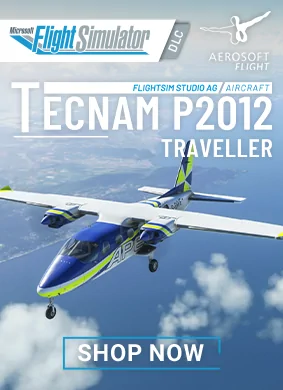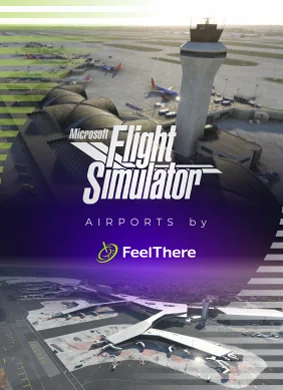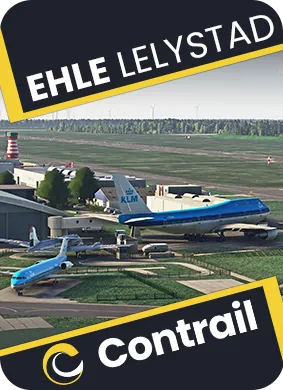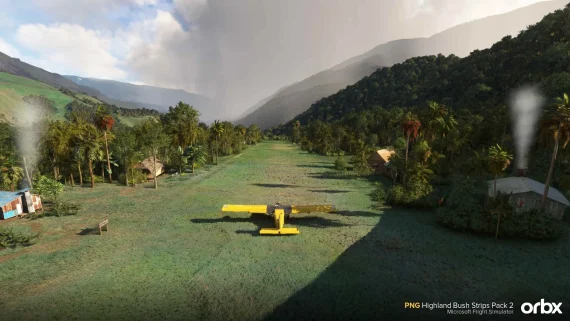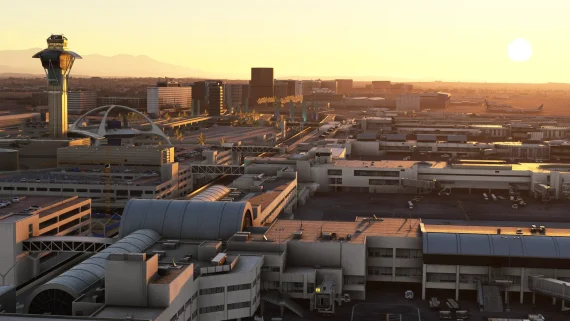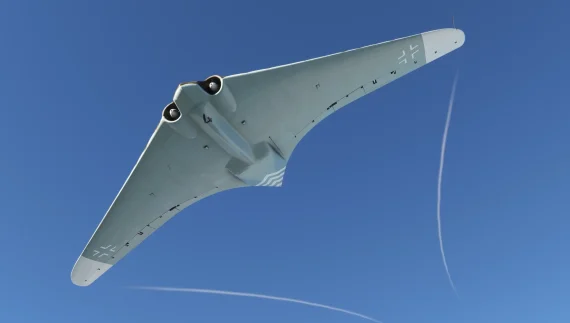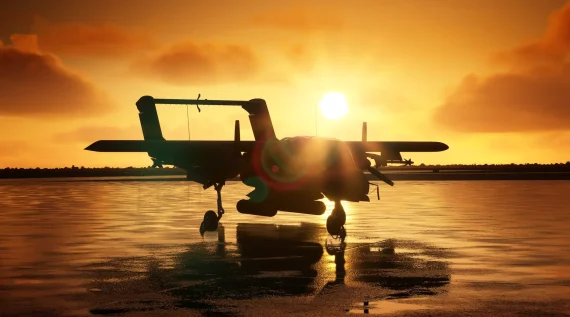Leonardo’s Fly the Maddog X launching for MSFS this week
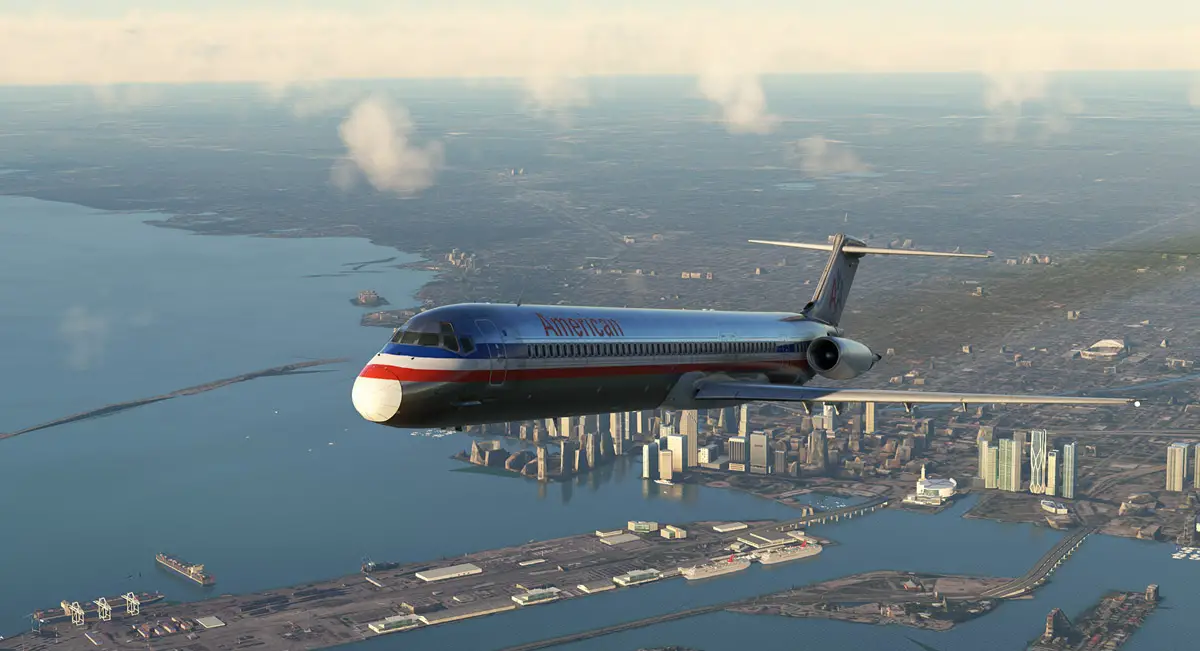
When we first reported about the development of Leonardo’s Maddog MD-80 for Microsoft Flight Simulator a year and a half ago, we knew it would take some time to be ready and up to the standards that made this product famous over the years, across several flight simulation platforms. Now, all these months later and without much fanfare, Leonardo has announced that the Maddog is ready, and it’s set for a release in just a few days, on April 30th!
In contrast to other highly awaited airliners for MSFS, who have been riding on the hype train for a while, Fly The Maddog X has flown a little under the radar, with just a few development updates from Leonardo, a low-key beta stage, and this simple announcement that finally confirms the arrival date of the MD-80 in MSFS.
So, Fly The Maddog X, the phenomenal re-creation of the classic MD-80 for flight simulation, will be out for MSFS in just a few days. Pricing is also known already… and it’s a bit steep. At 75€ + tax (that’s about 80$ for US flyers), we’re looking at the most expensive aircraft yet for MSFS.
Obviously, pricing is only to be taken relative to the quality of a product, and if history repeats itself in MSFS, Fly the Maddog X may be priced just right. It truly has been one of the most detailed, immersive, and overall impressive airplanes in flight simulation history, a product beloved by nearly everyone who’s had the chance to fly it. It will be interesting to see how it will transition to MSFS.
Stefano Porrà, who announced this news in Leonardo’s official forums, took the opportunity also to add a couple of new features that weren’t previously planned in the complete feature list. First is the EFB, which was scheduled for a future expansion pack. It’s now coming at launch. Also new is an improved 3D passenger cabin, which is hoped to meet the current MSFS standards.
The developer says that new details will be provided over the next few days, hopefully enlightening newcomers to Leonardo’s product about its uniqueness in MSFS. For now, see below an early preview flight with the aircraft and the comprehensive feature list coming with Fly The Maddog X for MSFS.
Fly the Maddog X MSFS version 1.0 will include:
– MD82 with -217A engines, PAX Cabin 162Y and Honeywell FMS for NAV/VNAV/ACARS;
– Flight model and engines performances tested and matched against real aircraft performance tables;
– All systems/avionics/tests etc, fully implemented as in the P3D version, including failures/INOPs feature, fully dimmable integral and flood lightning, working TCAS and EGPWS terrain mode;
– New FMS Services page for controlling DOORS/STAIR, External power, fuel loading, etc.;
– Fully integrated with MSFS ecosystem (jetway, catering, baggage loader, etc…);
– Integration with PFPX/SimBrief via Load Manager and retrieval of OFP data via the ACARS system;
– Livery manager, and aircraft settings configurable for different aircrafts;
– Livery-based cockpit color (pink, blue or grey) and main panel variations (including placards and speed bugs);
– Can be installed in the same machine with Fly the Maddog X for P3D;
Configurable options from Load Manager:
– Panel state when starting simulation (Cold & Dark, Ready at Gate, Ready for Takeoff…);
– Weight & Balance and route planner;
– Load Manager units (Kg/mbar or Lbs/InHg);
Aircraft options:
– Cockpit units (Kg/mbar or Lbs/InHg);
– PFD flight director style (cross bar or single cue), rising runway, ND wind arrow, groundspeed and aircraft map symbol, HDG UP or TRK UP option;
– PFD wired to opposite NAV;
– Armed altitude as FL and AutoArm altitude option;
– Gear waring inhibit above 1500ft AGL;
– Always play aural when autopilot disconnects;
– Auto brake system;
– Three VOR instrument versions: VOR/ADF/DME, VOR/ADF and VOR only;
– Two altimeter versions: DUAL/SINGLE knob;
– Optional TAS/SAT indicator;
– Flat or Cone tail;
Simulator options:
– Enable failures;
– Autopilot disconnect when flight controls moved;
– Automatic update of aircraft weight and cg;
– Automatic fuel loading;
– Enable PM calls;
– Sync CM1/CM2;
– FSUIPC compatibility mode;
– Maximum luminosity of all cockpit lights and instruments (flood, integral, LED, LCD and CRT);
– Failures probability, separated for LIGHT, MEDIUM and DANGEROUS;
– INOP systems according to MEL;
